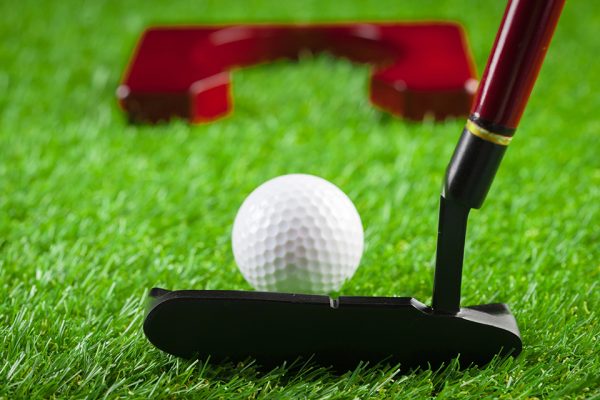A Mini History of Mini Golf
If you’re a fan of mini golf (also known as miniature golf or putt putt golf), then you might associate it with popular 80’s pastimes like roller skating or bowling. But did you know that mini golf actually has a long and winding history that goes back over 100 years? In fact, if your parents were American in the late 1800’s to early 1900’s, they may even have played one of the earliest versions of the game.
But what did miniature golf look like a century ago? And, how did it become the fun American pastime it has today? In today’s blog post, we’re exploring a (mini) history of mini golf!
The Creation of Miniature Golf
Miniature golf has a surprisingly complex history, with origins that span from the rolling highlands of Scotland all the way to the rooftops of American homes and empty New York City parking lots.
Before mini golf reached its renaissance in the 20th century, it had humble beginnings in Scotland’s St. Andrew’s Ladies Putting Club in 1867. At the time, women were initially excluded from golf, and the Putting Club created one of the first dedicated, women-only courses for women to come and enjoy the previously man-only sport. What the world eventually discovered, however, is that miniature golf was an ideal sport for just about anyone.
The Roaring Twenties Brings Mini Golf to America
As these putting courses began to gain traction in the British Isles, American entrepreneurs in the Roaring Twenties hoped to create the same buzz here in the States. You see, Americans had a high demand for new ways to enjoy their leisure time—especially in the city. However, cities from 100 years ago faced one problem that we still face today: they’re pretty crowded. That’s why clever entrepreneurs decided to invest in mini golf—because the courses were so small, you could build them on a rooftop. And that’s exactly what they did.
Soon enough, customers of all ages flocked to these increasingly elaborate golf courses, with some homeowners even going as far to build personal courses on their homes as a personal pastime. Though, that all came to an end with the Great Depression.
Innovation During the Depression
When the Great Depression hit, the first businesses to suffer were leisure activities such as mini golf. Left in the greatest economic slump the United States had ever seen, business owners had little capital to invest in new courses, and customers had little money to spend on even the essentials. Even so, that didn’t stop dedicated miniature golf enthusiasts. In fact, in true American fashion, scarcity gave way to innovation.
Left without money for nice, artificial grass and wood for guardrails, bored Americans decided to use the excess of trash around them to create elaborate courses. Playing in empty lots or unused sidewalks, clever golfers would enhance their games by doing things like:
- Turning old pipes and gutters into tubes for golf balls
- Fashioning trash cans into tunnels
- Digging pits from dirt or smoothing dirt piles into ramps
- Using urban light pollution to light up courses at night
Soon enough, this new trend took off, reigniting a lost passion for mini golf since the Depression hit. In fact, this new trend became so popular, that some restaurants would even convert unprofitable floor space into indoor miniature golf courses.
Enjoy the Tradition of Miniature Golf at Spare Time
Though the Depression would finally (thankfully) end, the love for mini golf had taken root in the United States and countries around the world. Today, miniature golf is a classic way to spend time with friends, family, and your community.
If you’d like to take part in the great American tradition of miniature golf, don’t wait—we here at Spare Time have the courses and the clubs, just swing on by! Click here to contact us today for more information!



